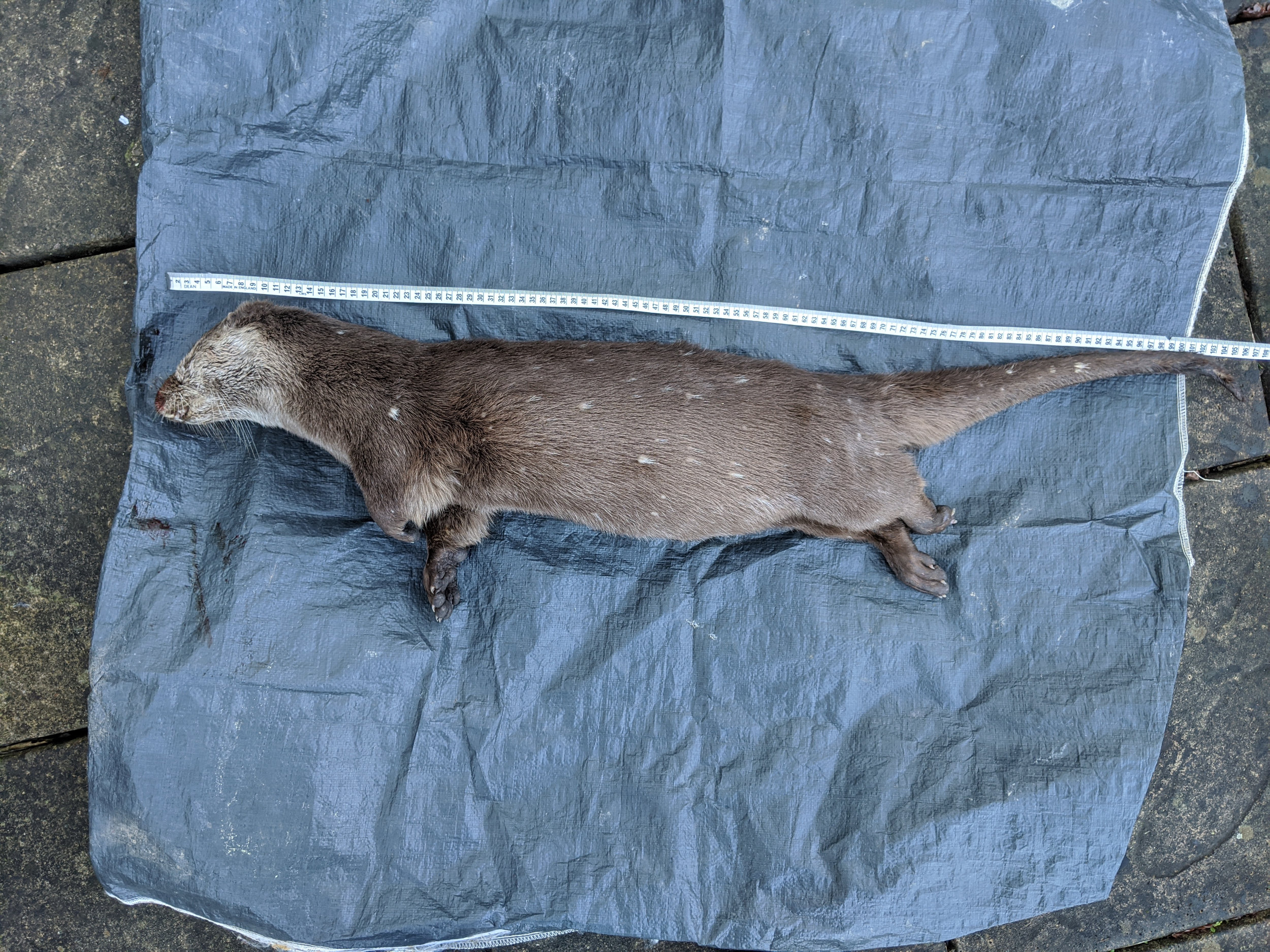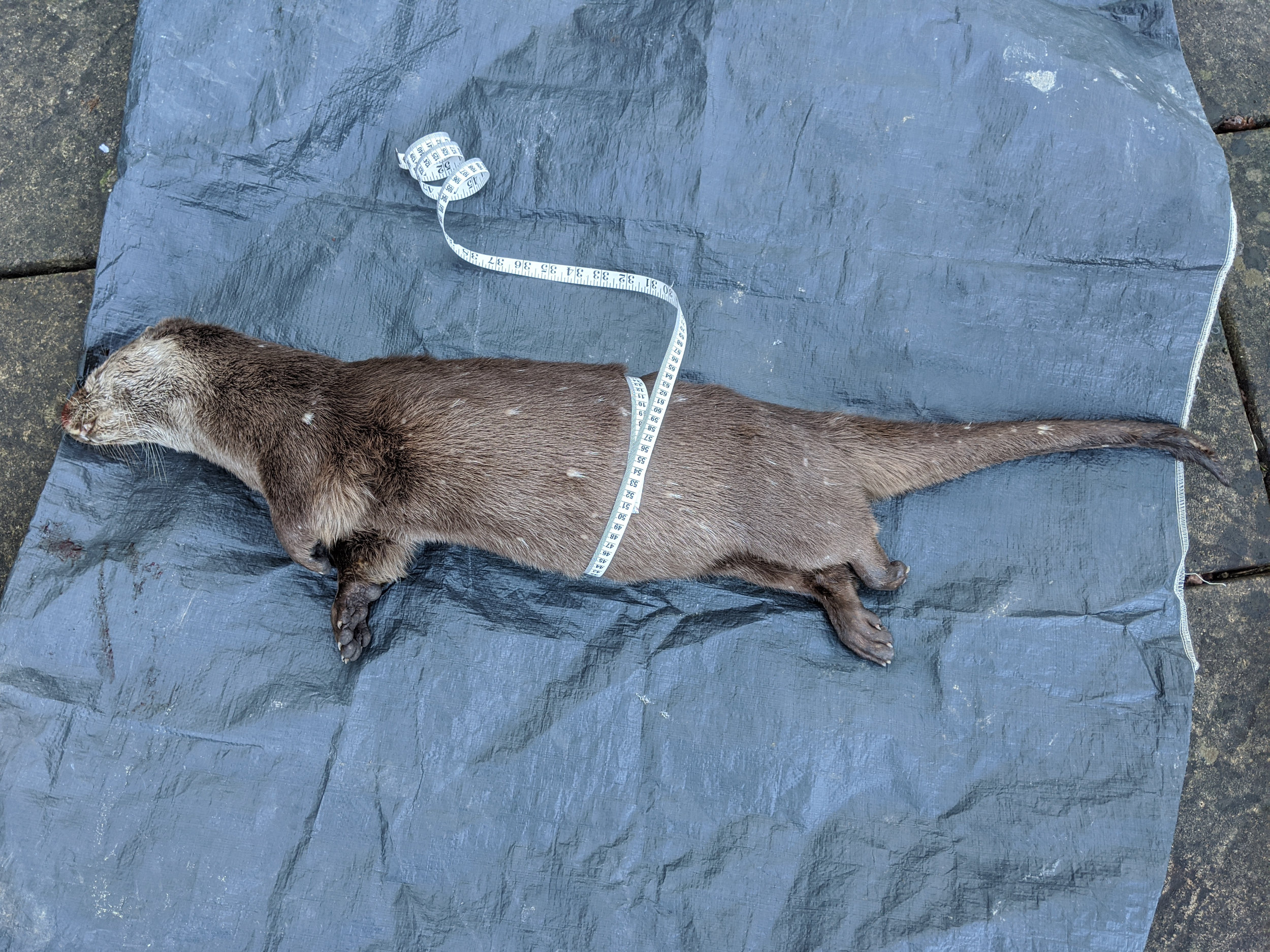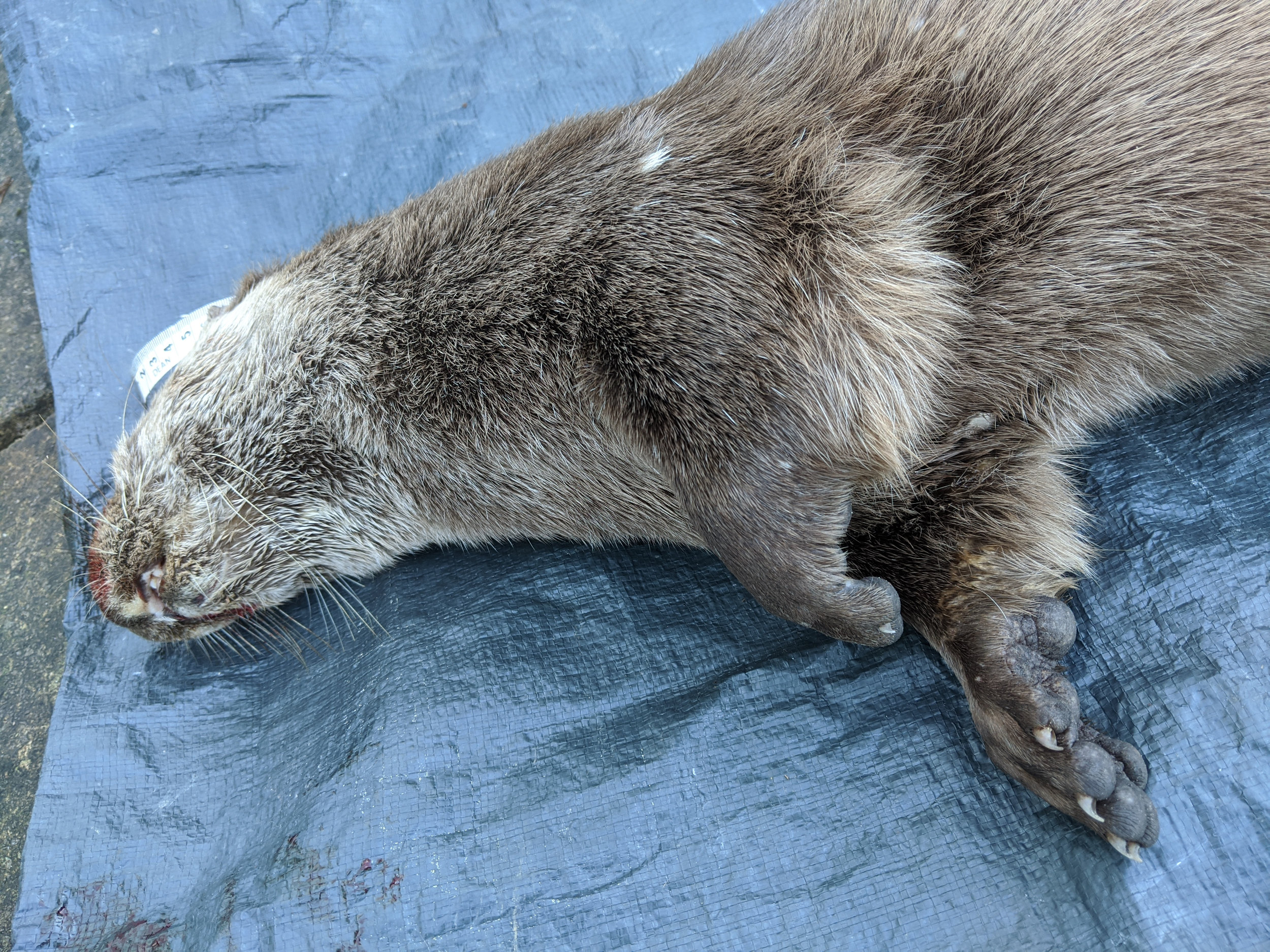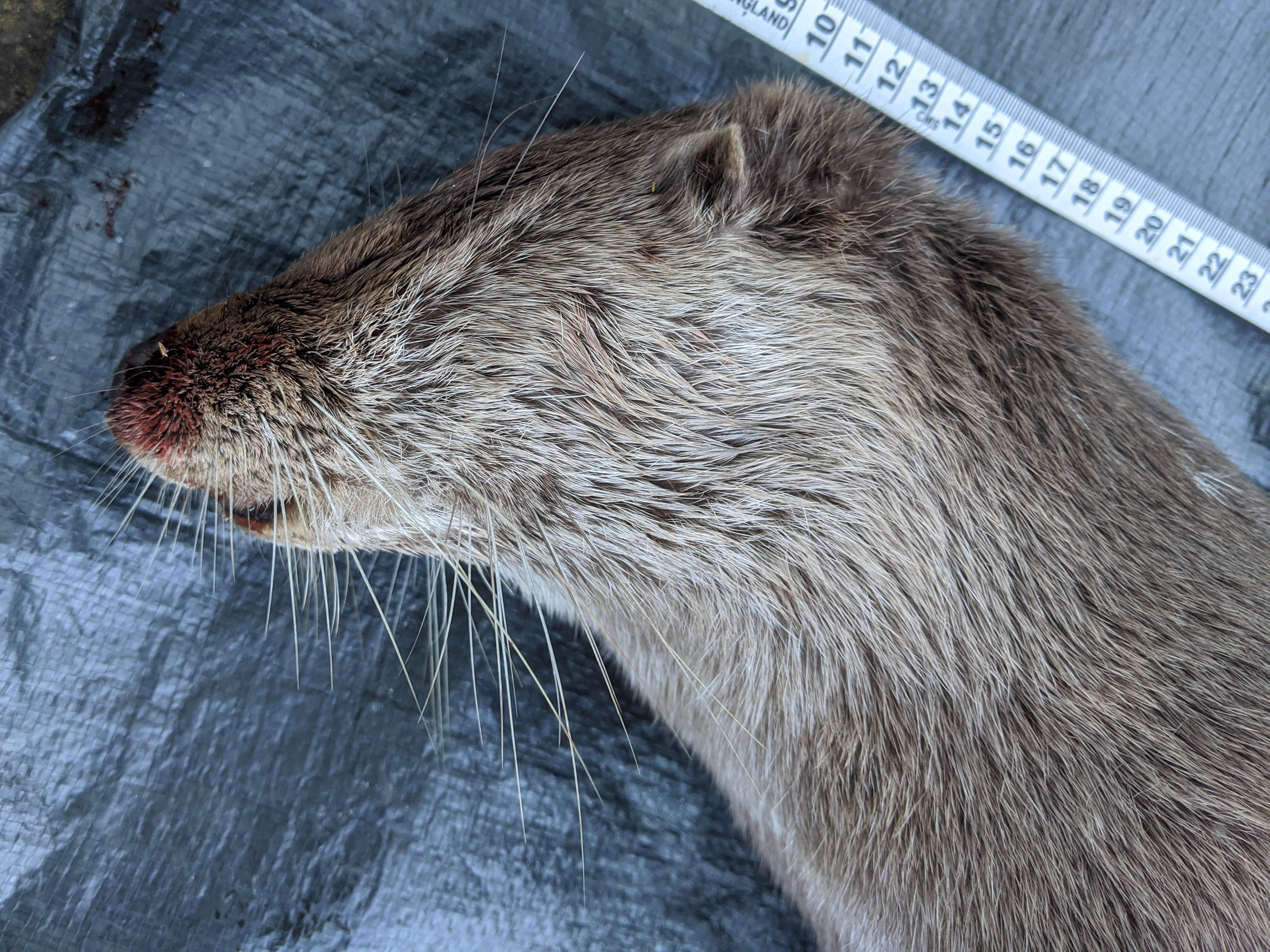Partial audit of mammal skulls
February 8, 2022
These are out as I consider how to reorganise my office.

The pig skull came from a hog-roast, and was very crumbly by the time I had prepped it out. It’s subsequently had an accident when it fell off a loudspeaker in my youngest son’s room, so it’s not the pig it once was. (I have a plate of pig-skull shards that I know full well I will never reassemble, but can’t quite bring myself to toss out). The sheep is of course a ram, the horns being the giveaway: shame the right horn is broken off at mid-length. The deer awaits reassembly.
I think all the carnivorans have featured here previously, with the possible exception of the emergency backup badger which I opportunistically harvested from a rotting roadkill about a year ago.
We’ve seen the wallaby and squirrel here, too. I think the rabbit has yet to put in an appearance, but we have more than enough rabbit stuff on this here sauropod blog so I’m not going to lose sleep over that.
Other mammals available to me: I have a rat, a hamster and a gerbil in various states of decay in plastic tubs in the woodshed. Come summer (since this is definitely an outdoor sport) I might see what can be done to get the skulls out of those. You will excuse me if I don’t go out of my way to extract a gerbil postcranium.
Christmas came late — in the form of a dead otter
December 30, 2019
Otters are a “near-threatened” species in the UK, so it’s a tragedy when one is killed by a car. That said, when a roadkill otter is spotted by a friend and delivered to me five days after Christmas, that goes some way to redeeming the tragedy.
So far as I can determine, while otters are protected by law in the UK, there’s nothing saying that a roadkill otter can’t be kept for scientific purposes. So here is Eleanor the dead otter:
It shouldn’t come as a surprise to me, but it does, to find that an otter is a pretty substantial animal. Mine measured at 111 cm from snout to tail, and 69 cm from snout to the base of the tail. Here’s where I considered the base of the tail to be:
Maximum girth is difficult to measure. I ended up taking three measurements: when the tape is left relaxed around the torso, it yielded 50 cm; when I tightened it as one does with a belt, it came down to 44 cm; and I judged that 48 cm was the best true value.
The animal masses about 7.6 kg — including the neglilgible weight of two Lidl carrier-bags that I wedged it into. That compares with 5.2 kg and 100 cm total length for a fox that I buried ten years ago, and a very impressive 12 kg and 75 cm for a badger of the same vintage. (These are not the same fox and badger that I decapitated a while ago, but from memory they were about the same size.)
Like the badger — though not to the same extent — the otter is a serious piece of animal. It has short, heavily muscled forearms that I would not want to be on the wrong end of:
Its head is not obviously damaged, but with its eyes closed and its mouth clamped shut in rigor mortis, there’s not much to see at this stage:
That will obviously change when I get its skull out — but that is a project for the spring. It’s too cold and nasty outside for this kind of work. For now, Eleanor will rest in peace in our woodshed.
An otter is a rare find, and I have no expectation of ever acquiring another one — unlike foxes and badgers, which crop up maybe once a year or so on average. So I hope I can make the time to treat this with the reverence it deserves, and extract the whole skeleton (as I did with my monitor lizard) rather than just the charismatic skull.
Answers to frequently asked questions
No, I did not kill this otter.
No, I do not endorse the killing of otters.
No, I did not find it myself. It was found by a friend whose identity I will not disclose just in case I am mistaken about the legality of collecting roadkilled otters in the UK.
Yes, I respect the dignity of wild animals.
No, I don’t consider it more dignified for a carcass to rot by the side of a road than to be used for scientific purposes.
Yes, I am completely cool with my own body being used for science after I die.





